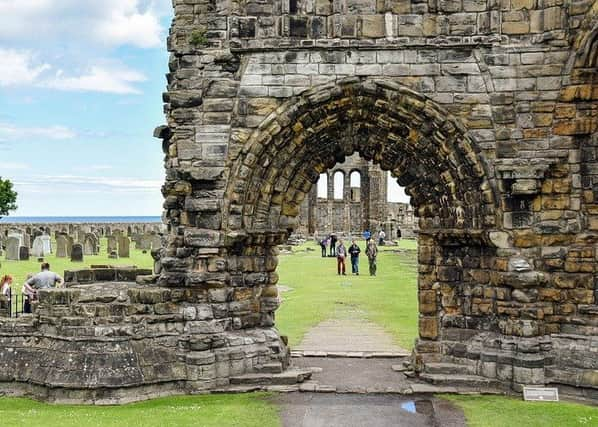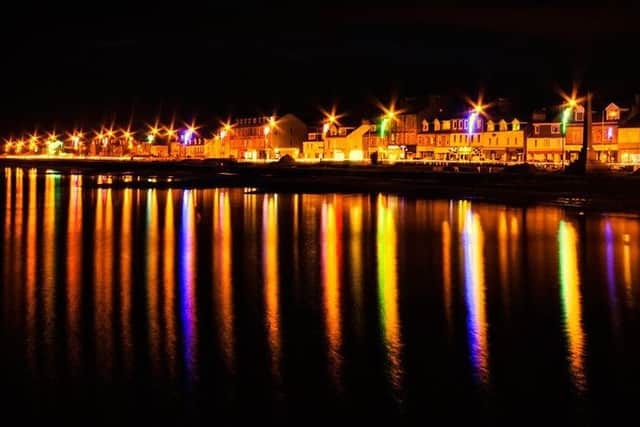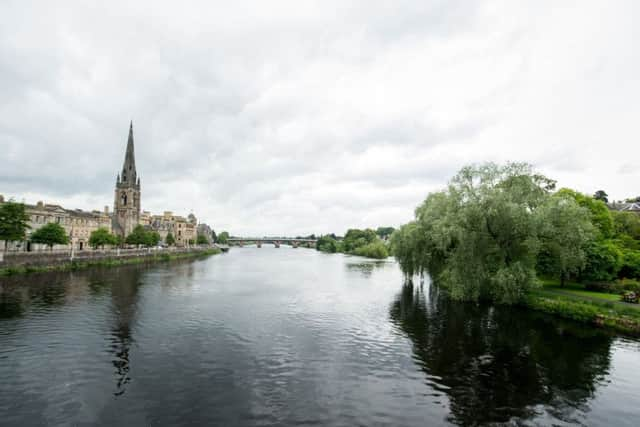8 Scottish towns and villages that changed their names


Achadh a’ Chuirn → Waterloo, Isle of Skye
It is estimated that 1600 Skyemen fought at the Battle of Waterloo in 1815 with Achadh a’Chuirn, near Broadford, becoming known as Waterloo given the number of veterans who collected their pensions there.
Ardencaple → Helensburgh, Argyll and Bute


Ardencaple was the original stronghold of the MacAulay clan and sits to the west of the town we know today.
Advertisement
Hide AdAdvertisement
Hide AdThe lands were bought by Sir James Colquhoun, chief of the Clan Colquhoun of Luss, in 1752.
His ambitious plans for the area included the building a new town on the banks of the Firth of Clyde.
Helensburgh was established in 1777 and was named after Sir James wife, Lady Helen Sutherland.


Friock → Friockheim, Angus
Friockheim translates as ‘Heather Home’ from the Gaelic ‘fraoch’ (heather) and the German ‘heim’ (home).
The village was created after 1814 when Mr. John Andson, the Provost of Arbroath, took over the land and built a flax spinning mill.
Many textile workers settled in the village on easy terms.


Friock was the old local name. Later Mr. Andson’s son added the ‘heim’ part of the name at the request of Flemish weavers who had come to develop the flax spinning process.
Kiliwhimin → Fort Augustus, Highlands
Fort Augustus was known as Kiliwhimin until the early 18th Century.
Advertisement
Hide AdAdvertisement
Hide AdThe original Gaelic name of Cill Chuimein probably refers to the church of St Cuimen, the 7th Abbot of Iona between 657 and 699 AD.


He reputedly travelled through the Great Glen and established a church or cell midway, the later settlement taking the name Cill Chuimein.
The Barracks of Kiliwhimin, built following he 1715 Jacobite uprising, were replaced by the ‘modern’ Fort Augustus between 1729-42.
Kilrule/Kilrymont → St Andrews
St Andrews was originally called Mucross, or roughly speaking “Promontory of Boars”, until the 4th Century.
That changed around 365 when St Regulus, or St Rule, a monk of Patras - where the bones of St Andrew were kept - encountered an angel in a dream
The angel instructed St Regulus to convey the remains of St Andrew to an unknown destination “in the North-West, towards the ends of the earth”.
St Regulus gathered up the shoulder bone, kneecap, shinbone and some knuckles of St Andrews, and jumped into a boat. Some believe he was shipwrecked off the Fife coast in bad weather.
Advertisement
Hide AdAdvertisement
Hide AdAfter coming ashore, he renamed the settlement Kilrymont after the King of the Mount.
Such was the impact of St Regulus that, not long after, it was renamed Kilrule - the church or cell of St Rule.
St Andrews took its name in the 9th Century when the kingdom of Scotland was formed.
Maryburgh → Gordonsburgh → Duncansburgh → Fort William
Fort William has seen a few name changes over time.
The first fort was built at the mouth of the River Lochy by General Monk in 1645.
Called Inverlochy, it became obsolete as a bigger, bolder defence was required to stymie the Highland clans.
A new fort was built under the reign of William of Orange - and Fort William was created.
The settlement that sprung up around it was called Maryburgh after the king’s wife.
Advertisement
Hide AdAdvertisement
Hide AdThe name was then changed to Gordonsburgh after the Gordon lairds of the 18th Century before it was renamed again as Duncansburgh after Duncan Cameron of Fassifern, who bought the Gordon lands of Glen Nevis, including the town.
By the 19th Century, the town took the name of Fort William, although in Gaelic remains known as AnGearasdan Ionbhar-lochaidh - the Garrison of Inverlochy - or simply An Gearasdan.
St John’s Toun/St Johnstone → Perth
The name Perth was forged in ancient times and derives from the Pictish for wood.
But for centuries, Perth was referred to as St John’s Town after the church which dominated settlement from at least the early 12th Century.
In many early documents, especially in those of the 16th century, the city is referred to by its alternative name, “St. Johnstoun” (St. John’s town).
The symbol of St. John the Baptist – the lamb carrying a staff and banner – featured on the heraldic shield of the City of Perth from mediaeval times until 1975.
The influence of St John is still marked today by the city’s football team, St Johnstone.
Milton of Strathbogie → Huntly, Aberdeenshire
Advertisement
Hide AdAdvertisement
Hide AdHuntly spent much of its long history under the name of Milton of Strathbogie which can be translated as “valley of the bubbling stream”.
For centuries life was dominated by powerful land owners, including the Gordon family of Norman knights from Huntly in Berwickshire who ruled from the 14th Century.
In 1506, Alexander, the third Earl of Huntly, was granted a charter which allowed him to change the name of his castle, Peel of Strathbogie, and his surrounding lands.
The pile later became known as Huntly Castle.
In 1769, the then Duke of Gordon established the planned town of Huntly which replaced Milton of Strathbogie on the map.